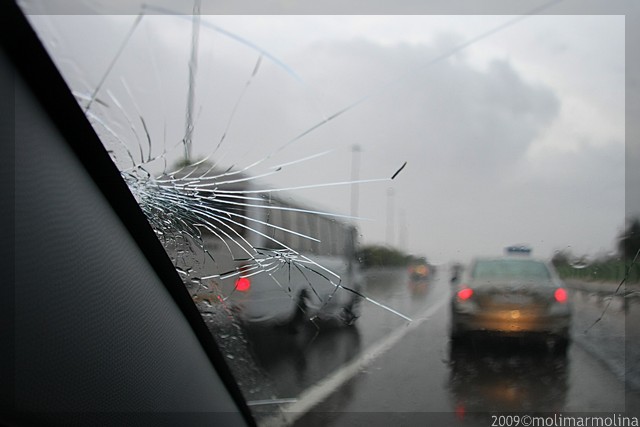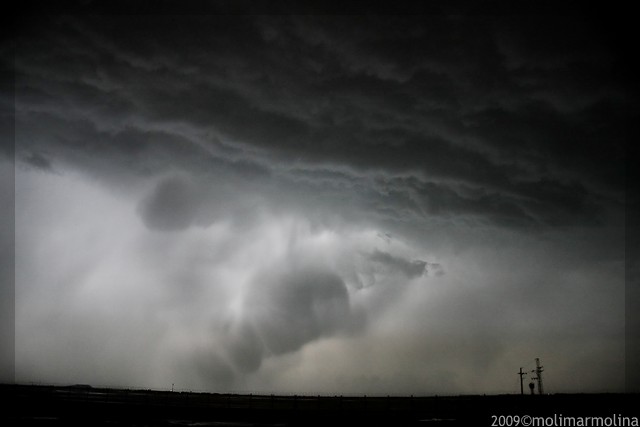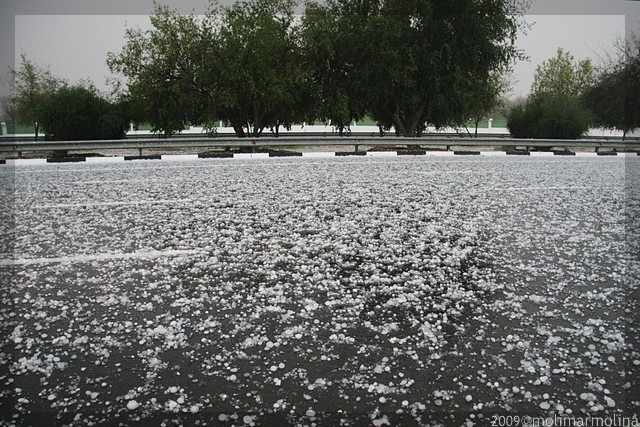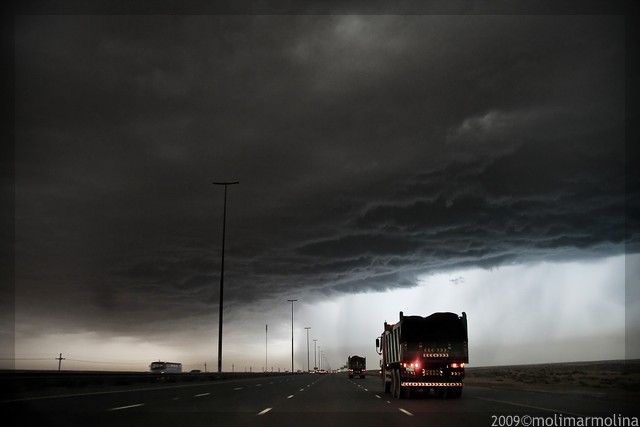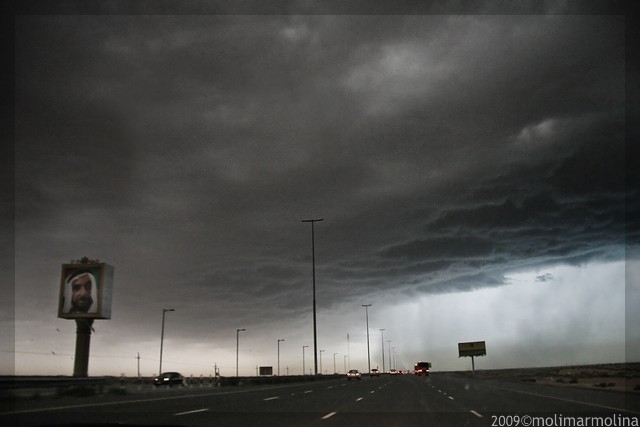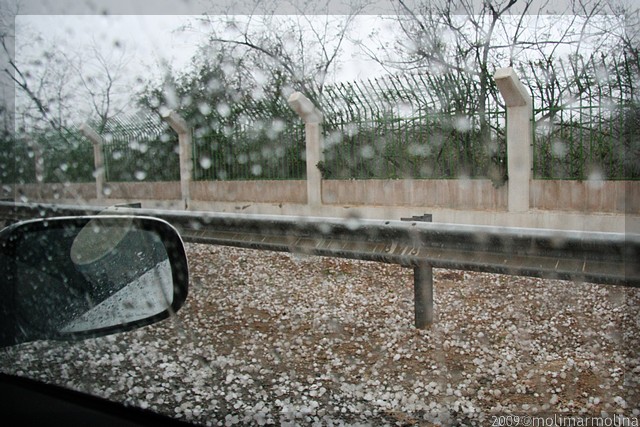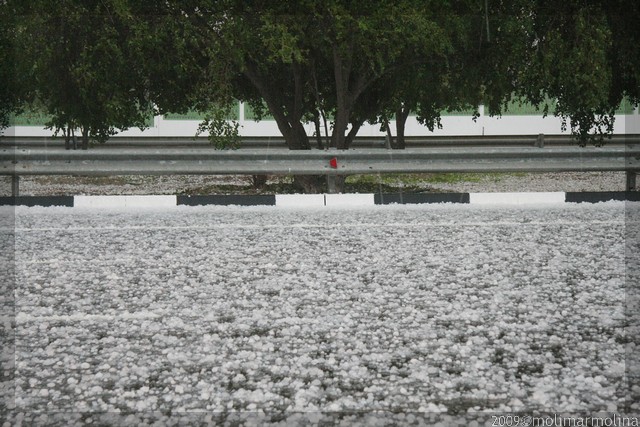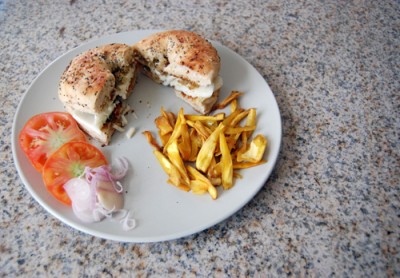A story today on CNN explains one common approach to local economic stimulus. The town of Hardin, Montana borrowed $27 million to build a prison. It opened two years ago but they still don’t have anybody to lock up there. So now that the prisoners who have been detained at Guantanamo Bay for the past 7 years are potentially going to be moved to prisons within US territory, the town council of Hardin is lobbying strongly to bring them to Montana.
The debate in the article is around whether it is a good idea to bring these “potential terrorists” into the state. The sides are set between “it will bring jobs” versus “don’t bring those people here”.
No one seems to be asking if building prisons to stimulate job growth is at all a decent idea in the first place. A study by professors at Washington State and Ohio State Universities that looked at prison development from the 1960s shows clearly that this is not the case.
Results. We find no evidence that prison expansion has stimulated economic growth. In fact, we provide evidence that prison construction has impeded economic growth in rural counties that have been growing at a slow pace. Conclusion. Despite sharp ideological and intellectual differences, the critics and the advocates of the prison construction boom share the assumption that prisons can contribute to local growth, especially in hard-pressed local areas. This belief flies in the face of mounting evidence that state and local initiatives rarely have a significant impact on growth; this belief is also contradicted by our analyses.
So what would stimulate real economic growth? How about clean energy?
For $25 million dollars, the town of Hardin could have purchased 25 megawatts of electricity by building wind turbines (equivalent to 12,500 households). They could have reduced dependence on the 115MW coal-fired power plant that is a privately owned, for-profit business right on the edge of town, polluting the city while charging it per the KWH. There is a lot of precedence for wind energy in Montana. The 135MW Judith Gap is about 150 miles to the Northwest. A wind farm in Hardin would have still created construction and maintenance jobs. And with the extra $2 million they could have built a light manufacturing plant to produce photovoltaic cells. But there are plenty of better ways to spend $27 million dollars to aid a small town. I’m just promoting my version.
To understand why Hardin decided to build a prison instead of a wind farm or anything else that makes more sense, it is useful to check out the history of the project and the history of the privitization of the prison industry in the US since the Reagan era.
The prison in Hardin was built by the Two Rivers Authority, the Economic Development Agency in Hardin, MT. It’s a privately run prison which means that financiers stand to personally profit from it. And so those individuals associated with a Texas consortium lobbied the city council to pursue the construction despite the fact that the State gave no assurances that they would utilize it. The consortium of financiers included Mr. Michael Harling the head of Municipal Capital Markets Group (www.corrections.com) a company devoted to providing 100% (no money down) municipal lease purchase financing to “public officials at the local, county and state level of government.” They work almost exclusively to build private prisons in low income rural counties. It’s all they do.
Laws were passed over the past 30 years (through the lobbying efforts of business men and financiers such as Michael Harling) that created incentives to lure cities like Hardin into making investments like this. There is a great old article by Eric Schlosser in the Atlantic Monthly that details this sordid history. It is a system that at the very bottom ends up incentivising incarceration itself.
As the prison industry has grown, it has assumed many of the attributes long associated with the defense industry. The line between the public interest and private interests has blurred. In much the same way that retired admirals and generals have long found employment with defense contractors, correctional officials are now leaving the public sector for jobs with firms that supply the prison industry. These career opportunities did not exist a generation ago. Fundamental choices about public safety, employee training, and the denial of personal freedoms are increasingly being made with an eye to the bottom line.
There is even a magazine dedicated to the industry.
It is a shame that Hardin is doing poorly but the answer is not in building prisons. John Fetterman, the mayor of Braddock, PA (just outside of Pittsburgh) knows what it is like to live in a city that has been hit by hard economic times. He has taken a different approach to economic stimulus than have the city council of Hardin, MT. By aiming to get Braddock in the door of the green industrial revolution, he will be creating jobs for his town and contributing to a better future for the environment. He will be putting people to work who would otherwise be ending up in the ever expanding Pennsylvania prison system.
